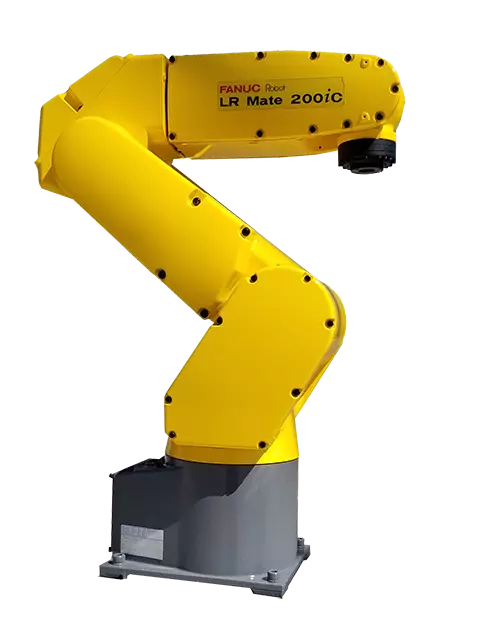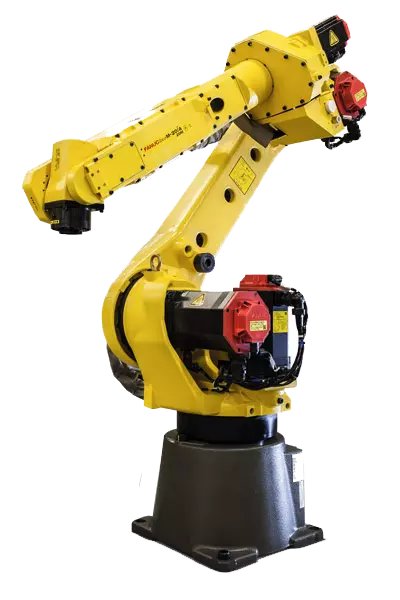Industrial Robot Guide





Industrial robots have been critical in the automation of manufacturing processes. Robots have been around for years; the past decade has seen tremendous growth in robotic technology as well as their use. Below is a guide on some of the basics about industrial robots.
What is an industrial robot?
An industrial robot is a robot used for manufacturing. They are automatically controlled machines featuring a multipurpose programmable manipulator that can move along three axes or more. The FANUC Lr Mate 200ic is an example of an industrial robot.What types of industrial robots are there?
There are several types of industrial robots. The main type is the articulated robot which features a robotic arm attached to a rotating base, for example the Yaskawa Motoman MA1440. Gantry or cartesian robots are another type. This type features a track system with three perpendicular axes with an attached robotic manipulator. SCARA robots are another type of industrial robot. These compact robots can move along two axes with a robotic arm that moves vertically. Delta robots are those with a dome shaped body in which three to four parallel link joints extend downward and connect to a common base. The FANUC M-2ia is a delta robot. Cobots feature a similar design to articulated robots, but with a more rounded frame. These robots can operate alongside or directly assist humans without any safety barriers. Other robot types include polar and cylindrical robots.What can industrial robots do?
Industrial robots are implemented to take over tasks from humans that are repetitive, dangerous, dull, or tedious. Industrial robots can automate most production related tasks in manufacturing. Common robot applications include welding automation, assembly, painting, material removal, machining, material handling, and inspection.Who uses industrial robots?
Industrial robots can be used in a variety of manufacturing settings. Robots got their start in manufacturing in the automotive industry and today auto makers are still the largest users of industrial robots. Close behind automotive manufacturers are electronic manufacturers. Last year electronic makers purchased the most industrial robots. Other industries using robots include the aerospace, pharmaceutical, medical device, food, beverage, warehousing, and heavy metals industries.What is the cost of an industrial robot?
Purchasing an industrial robot can be expensive, but it is a smart investment for your business and will pay for itself in the long run. The cost of a robot will depend on a number of factors such as if the robot is new or used, added peripherals, or if purchasing an entire workcell. Buying a used robot provides the same benefits as new robot but at a fraction of the price. Buying a used ABB 2600-12 can make automating more cost-effective.How to choose a robot?
There are several factors one should consider when selecting an industrial robot. These include the application type, payload capacity, number of axes, and cost.What are the benefits of industrial robots?
Industrial robots can significantly improve manufacturing operations. Some of the key benefits of industrial robots include lower costs, faster cycle times, increased productivity, improved product quality, better worker safety, and greater flexibility. These benefits will allow robotic users to quickly earn their ROI as well as the potential to expand profits.Robots Done Right is the place to start when it comes to used robots. Contact us if you are interested in buying or selling a used robot.